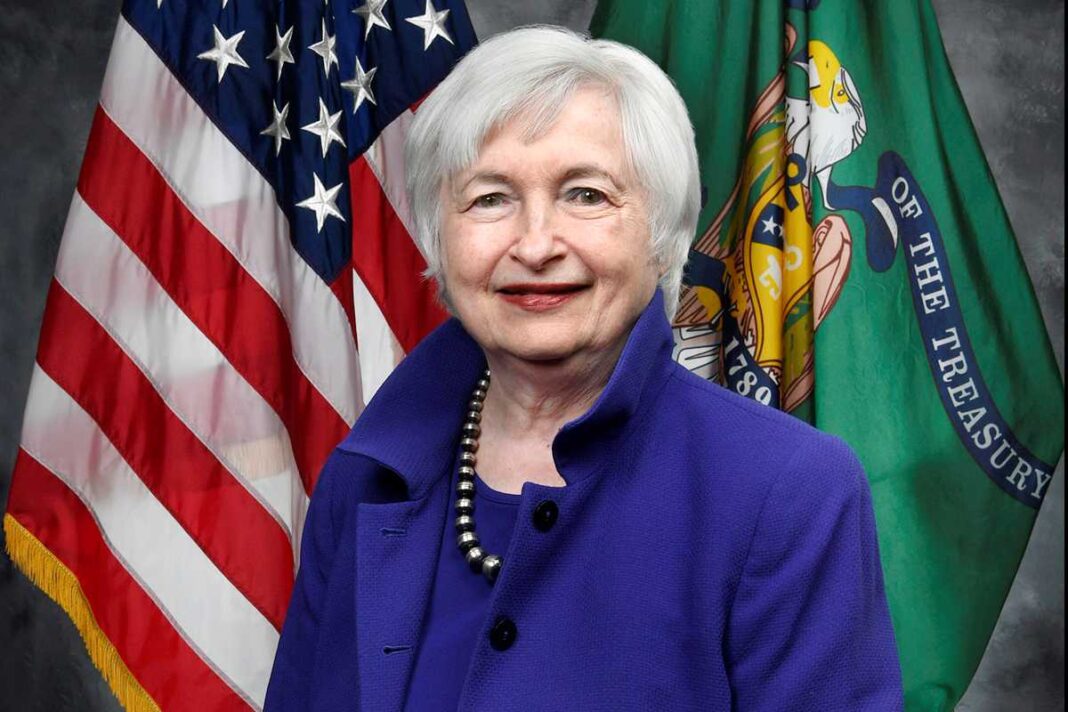Extraordinary measures, often described as accounting maneuvers, allow the Treasury to free up cash and delay default.
Treasury Secretary Janet Yellen has warned that the United States will hit its statutory debt ceiling around the middle of January, a development she said will prompt the Treasury to resort to “extraordinary measures” to prevent the government from defaulting on its obligations.
Yellen outlined the looming fiscal challenge in a Dec. 27 letter to congressional leaders, urging them to act to protect the nation’s economic credibility and preserve fiscal stability.
She noted that the Fiscal Responsibility Act of 2023 temporarily suspended the debt ceiling through Jan. 1, 2025, enabling lawmakers to avert default during contentious budget negotiations. A day after that deadline—on Jan. 2—a new debt limit will be set based on the total amount of outstanding debt subject to the statutory limit as of the end of Jan. 1. Yellen noted that the debt is projected to temporarily decrease by $54 billion on that date due to scheduled Medicare trust fund redemptions, providing a brief reprieve before extraordinary measures become necessary.
“Treasury currently expects to reach the new limit between January 14 and January 23, at which time it will be necessary for Treasury to start taking extraordinary measures.” Yellen wrote.
Extraordinary measures, often described as accounting maneuvers, allow the Treasury to free up cash and delay default. These measures, however, are a short-term solution. Once exhausted, they leave the government unable to meet its financial obligations without congressional intervention. Yellen emphasized the urgency of action, warning that a failure to address the debt ceiling would severely damage the nation’s economic credibility.
“I respectfully urge Congress to act to protect the full faith and credit of the United States,” she wrote.
Yellen’s warning comes as the national debt has climbed to a staggering $36 trillion, driven by decades of government spending outpacing tax revenue under both Republican and Democratic administrations. High inflation that soared after the pandemic led the Federal Reserve to hike interest rates, increasing borrowing costs and debt service payments.







